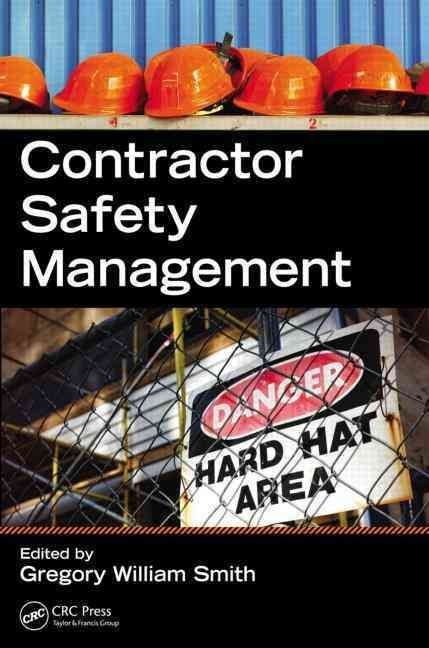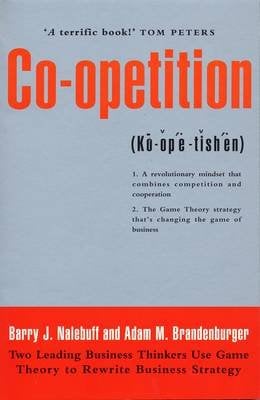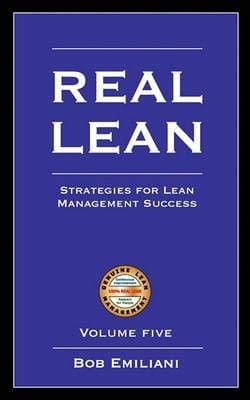Introduction After the publication of my first book (Smith, 2011) my publisher was generous enough to ask me if I had any ideas for another book. At the time I was dealing with a number of issues to do with contractor safety performance and contractor safety incidents. I was working mainly with principals to help them better understand and manage their obligations for health and safety in a contracting relationship. In a number of cases the work involved clients whose experience of safety management generally, and contractor safety management in particular, was formed outside of Australia. They were primarily foreign companies that had come to Western Australia to take advantage of the booming mining and oil and gas industries, but had come with little understanding of either the legal requirements or cultural attitudes that influenced safety and health. These requirements and attitudes affected not only the laws and attitudes of regulators, but also the way that principals and contractors worked (or did not work well) together to manage health and safety risks. Although the lack of understanding was disconcerting, it was also unsurprising. I had been involved in numerous cases where Australian companies had moved into projects overseas with equally limited understanding of their rights and responsibilities for safety and health in different countries, and equally limited strategies for managing health and safety in contracting environments. Indeed, strategies, such as they were, seemed to consist mainly of doing exactly what they had been doing in Australia and assuming that it would be sufficient in the new jurisdiction. What made this strategy all the more surprising is that it did not work particularly well within Australia so there was no real–












